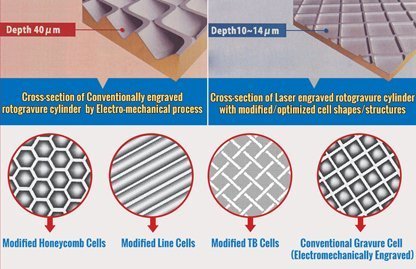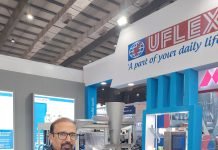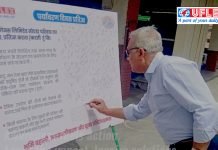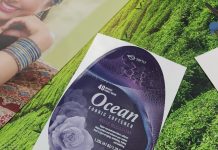
Unlike electro-mechanical engraving, which produces a conventional cell shape, laser engraving offers immense flexibility towards altering cell shapes and structures for the rotogravure cylinders. This allows the creation of cell structures that render better quality in spite of lower ink GSM while printing.
To understand this point better, it is useful to recapitulate the roll of typical gravure cells in the printing process. The rotogravure cylinder is immersed in the ink sump and during the process of printing, the recessed (engraved) cells pick up the ink and transfer it to the substrate. As the substrate is sandwiched between the impression roller and the gravure cylinder, the ink is transferred from recessed cells to the substrate by capillary action.
Explaining the recent engraving breakthrough for reducing ink consumption in rotogravure printing, PK Agarwal, joint president, Cylinders Business of Uflex said, “On the laser engraving set-up, our team has been able to create various modifications on honeycomb cell structure, line cell structure, TB cell structure and others which in turn during the print run render solid backgrounds, coating with high and low depths, other specialized coatings, vignettes, and half tone images among several others.
Agarwal added, “It is all about the shape and structures of the cells that we have been able to modify and optimize through the process of laser engraving. This is not possible in electro-mechanical engraving, which can only produce conventional cell shapes and structures.”
From the image cross-sections, one can see that the volume of ink entrapped in the conventional cell structure achieved through electro-mechanical engraving is much more than that in the modified and optimized cell structure achieved by laser engraving. Further, the face opening of the laser-engraved cell structure is much more than the conventional cell structure and hence less volume of ink is transferred to a larger area of substrate. So, effectively you get more print coverage with less ink by laser-engraved cylinder having modified and optimized cell shapes and structures.
“We carried out a comparison test under standard operating conditions (for the same printing job) with white solvent ink (for continuous tone) using an electro-mechanically engraved rotogravure cylinder with a conventional cell shape and structure and a laser-engraved cylinder with a modified and optimized cell structure. The viscosity of ink used was 14 Saybolt seconds in both the cases. The results in terms of ink saving have been extremely impressive. The ink consumption in the second case was almost 22.5% less than that in the electromechanically engraved cylinder having a conventional cell shape and structure. This is quite a feat in terms of savings towards the running costs incurred by a convertor of flexible packaging,” concluded Agarwal.









